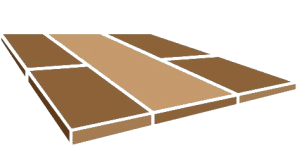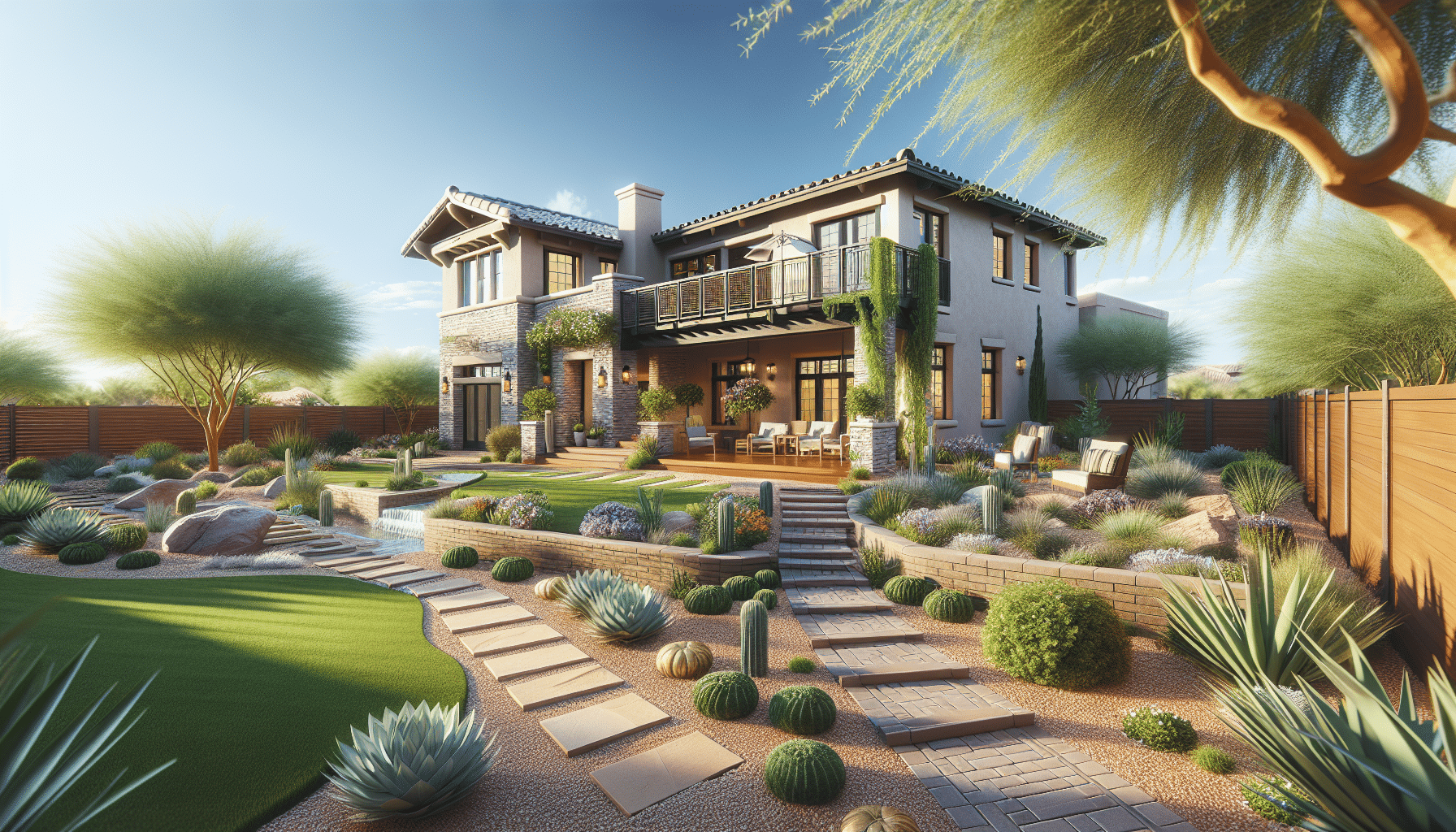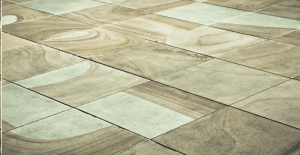In today’s gardening world, choosing the right hardscaping materials can feel overwhelming. But don’t worry, because here at Gilbert Paver Company, we’re here to help simplify your decision-making process. Our years of experience have equipped us with the knowledge and expertise to guide homeowners through each step of choosing the best materials. In this blog post, we’ll delve into various materials suited for garden hardscape, ensuring you make the best decision for your personal oasis.
Contents
- 1 Understanding the Basics of Hardscape
- 2 The Beauty of Natural Stone
- 3 Concrete Pavers: Versatile and Practical
- 4 Brick: A Classic Choice
- 5 Consider Climate When Choosing Hardscape Materials
- 6 Exploring Sustainable Options
- 7 Analyzing Your Garden’s Layout
- 8 Budgeting for Your Hardscape Project
- 9 Comparing Maintenance Requirements
- 10 Conclusion
Understanding the Basics of Hardscape
Garden hardscape refers to the non-living elements of your garden, which are crucial in creating structure and defining spaces. It’s the backbone of your garden layout and provides balance to the vibrant, softer greens of your plants. From pathways and patios to retaining walls and decorative elements, the choices you make will not only impact the aesthetic appeal but also the functionality and durability of your outdoor space.
But first, it’s important to differentiate between the types of hardscape materials available. Natural stones, concrete pavers, and bricks are popular choices, each offering unique textures, colors, and durability levels. Your choice would largely depend on the style of your garden, personal preference, and budget.
The Beauty of Natural Stone
Natural stone is a timeless choice for garden hardscape due to its unique beauty and durability. Each piece of stone boasts a distinctive pattern, making your hardscape uniquely yours.
Flagstone is a popular type of natural stone used for paving walkways and patios. It has an irregular shape that offers a more natural look, helping your garden seamlessly blend with its surroundings. The durability of natural stone also means that it requires minimal maintenance, which is a great advantage for homeowners looking for a low-maintenance garden solution.
Concrete Pavers: Versatile and Practical
Concrete pavers are a versatile and cost-effective option for garden hardscape. They come in a variety of shapes, sizes, and colors, offering endless design possibilities.
One of the biggest benefits of concrete pavers is their ease of installation. Unlike natural stones, which can be irregular and difficult to fit together, concrete pavers are available in uniform shapes, making them easier to work with. This characteristic also means that repairs are straightforward, as individual pavers can be replaced without disturbing the surrounding area.
Brick: A Classic Choice
Bricks have been used in hardscape design for centuries and for good reason. Their natural color palette, from deep reds to warm browns, adds a classic charm to any garden.
The durability of bricks makes them ideal for areas with heavy foot traffic. Moreover, since bricks are weather-resistant, they can withstand the harshest of climates, ensuring longevity. When installed correctly, brick surfaces require very little maintenance, making them an excellent choice for those seeking both beauty and practicality.
Consider Climate When Choosing Hardscape Materials
Climate plays a pivotal role in determining the best hardscape materials for your garden. Materials that perform admirably in one environment might not fare as well in another.
For instance, while concrete works well in varied temperatures, natural stone can become slippery in areas with high rainfall. Likewise, bricks might chip or crack in overly dry or frosty regions. It’s essential to select materials that not only match your aesthetic desires but are also suited for your local climate conditions.
Exploring Sustainable Options
As we become more environmentally conscious, sustainable hardscaping materials are gaining popularity. These options reduce environmental impact while still providing beauty and durability.
Materials such as recycled concrete, reclaimed brick, and sustainably sourced stones can add charm to your garden while supporting eco-friendly practices. We at Gilbert Paver Company always encourage considering these options, as they not only benefit the planet but often add a unique character to your garden design.
Analyzing Your Garden’s Layout
The layout of your garden will greatly influence the materials you choose for your hardscape. Consider the flow of movement and how different areas are connected.
For instance, pathways that see heavy foot traffic will require durable and slip-resistant materials. Meanwhile, decorative elements or seating areas can prioritize aesthetics over function. Mapping out your garden’s layout in detail will help in selecting the best-suited materials for each section.
Budgeting for Your Hardscape Project
Budget is often a deciding factor in any garden project. Fortunately, there are options available at various price points, ensuring there’s something for everyone.
While natural stone might be on the pricier end of the spectrum due to its beauty and durability, concrete pavers offer a more affordable alternative that doesn’t compromise quality or aesthetic. Bricks fall somewhere in between, providing a classic look at a reasonable price. Assessing your budget and prioritizing areas where you want to splurge will help you make informed decisions.
Comparing Maintenance Requirements
Choosing your hardscape materials might also depend on the level of maintenance you’re willing to undertake. Some materials require more care than others to maintain their appearance and longevity.
- Natural Stone: Generally low maintenance, but occasional sealing might be required to prevent staining.
- Concrete Pavers: Easy to clean and replace if damaged. Regular sealing can help maintain their color.
- Bricks: Require little maintenance, but periodic checks for loosening or wear are beneficial.
- Recycled Materials: Offer low maintenance but might age differently compared to new materials.
- Sustainable Options: Vary in maintenance needs; always check manufacturer guidelines for specifics.
Conclusion
Now that you have a clearer understanding of choosing the best materials for garden hardscape, the decision-making process should be less daunting. Whether you’re drawn to the rustic charm of brick, the versatility of concrete pavers, or the elegance of natural stone, each choice brings its unique benefits to your outdoor oasis. At Gilbert Paver Company, we’re here to assist every step of the way. Contact Us at 480-534-9680 or Request a Free Quote to start transforming your garden into your paradise.




